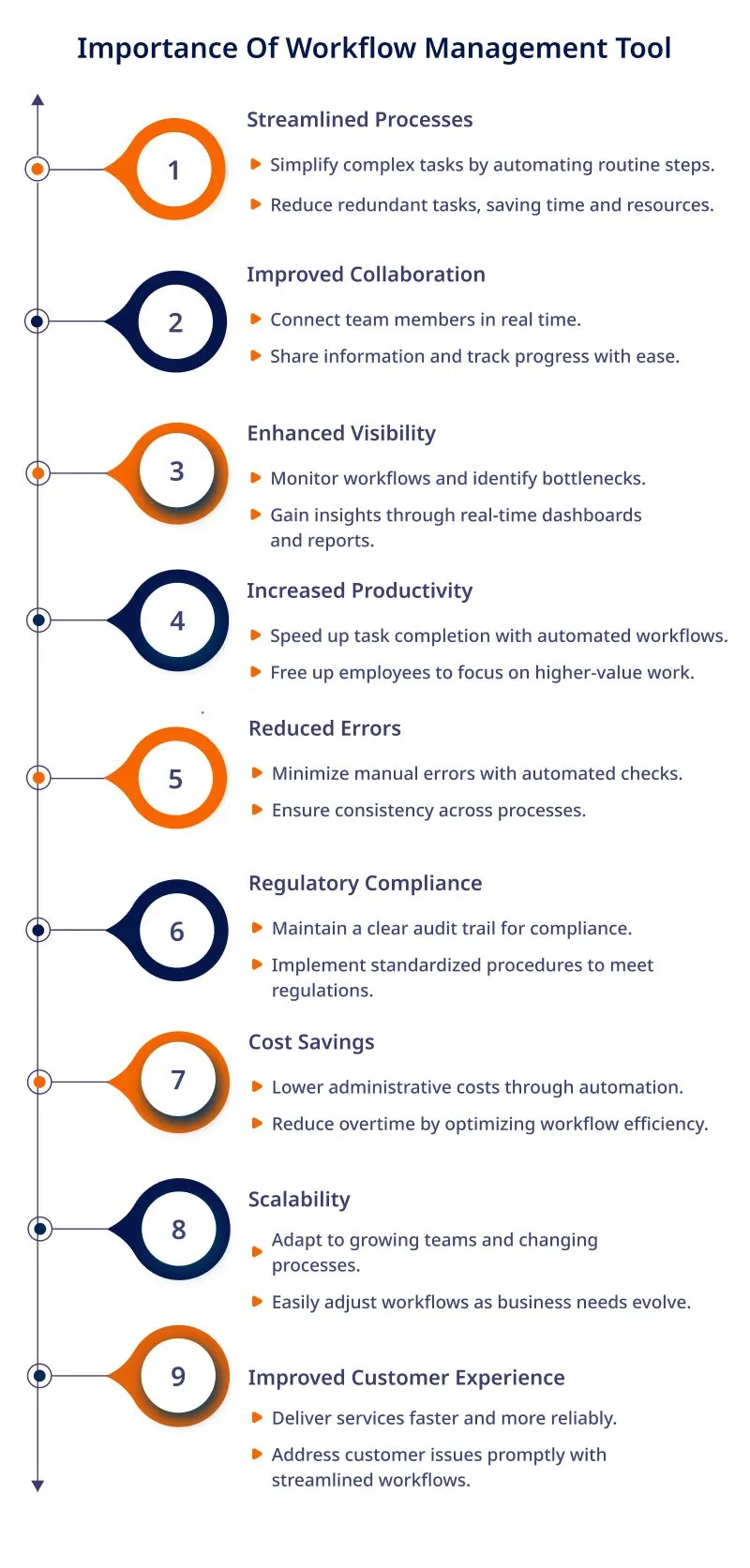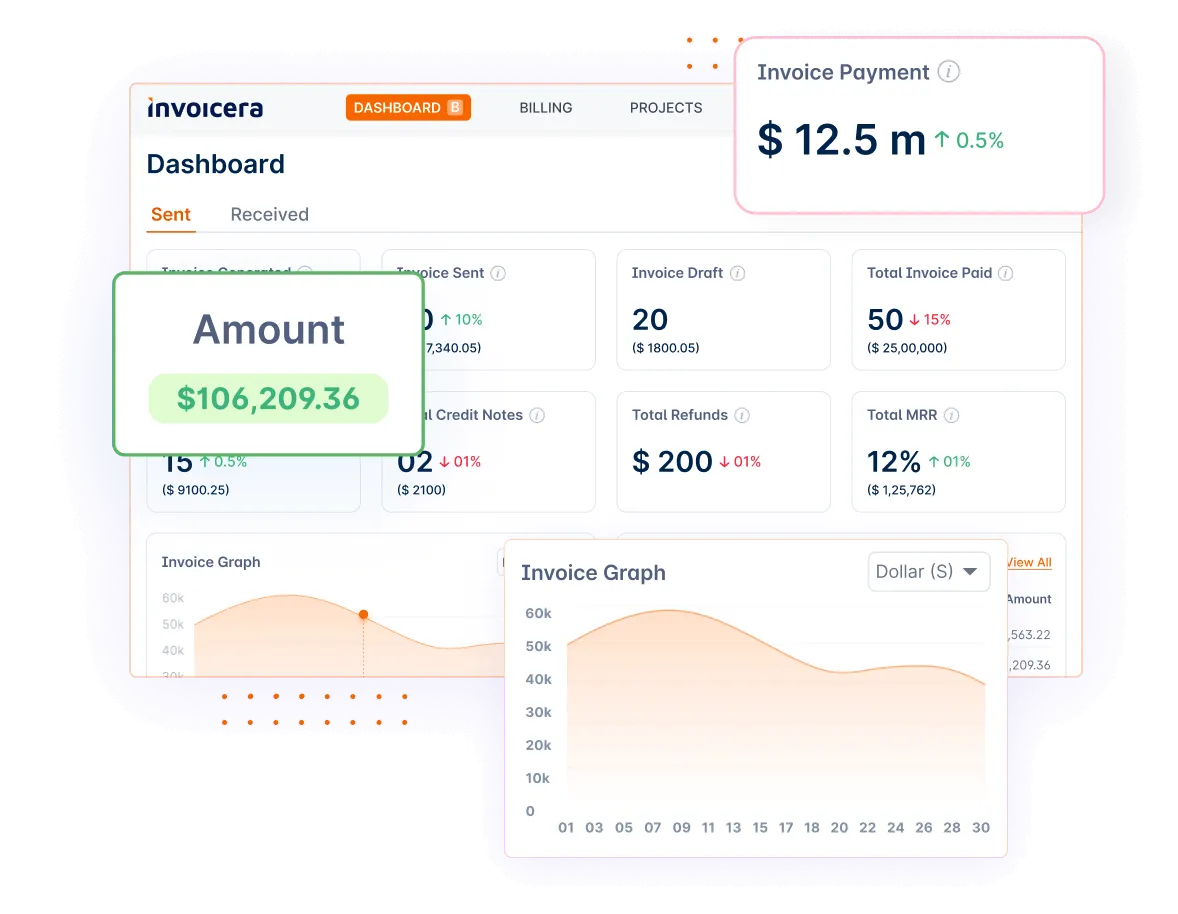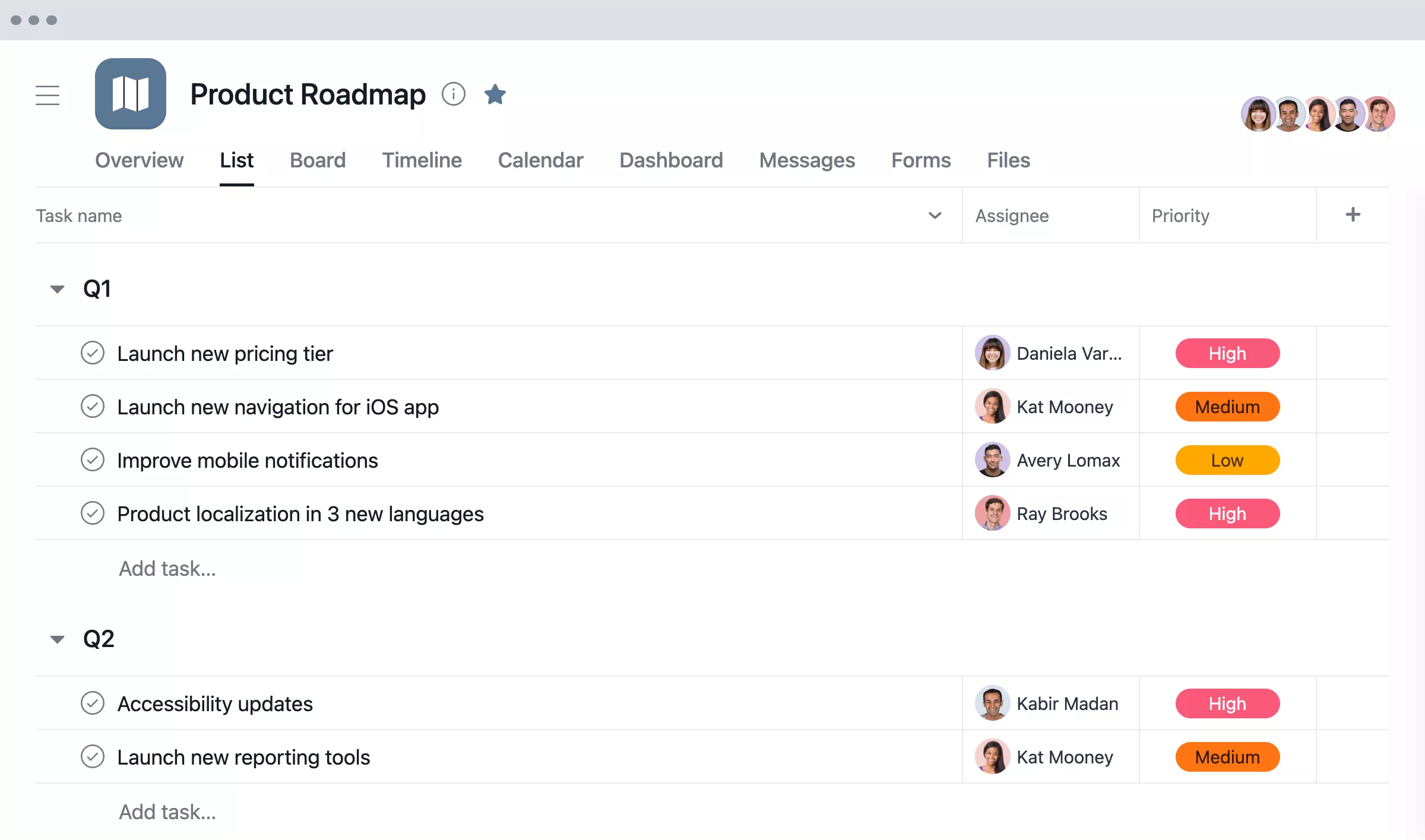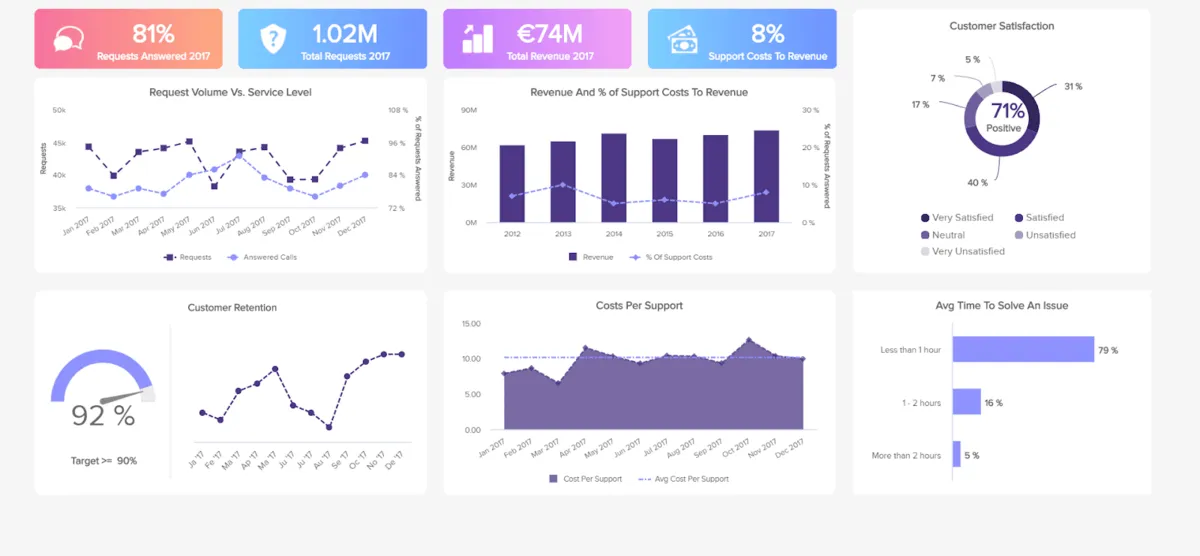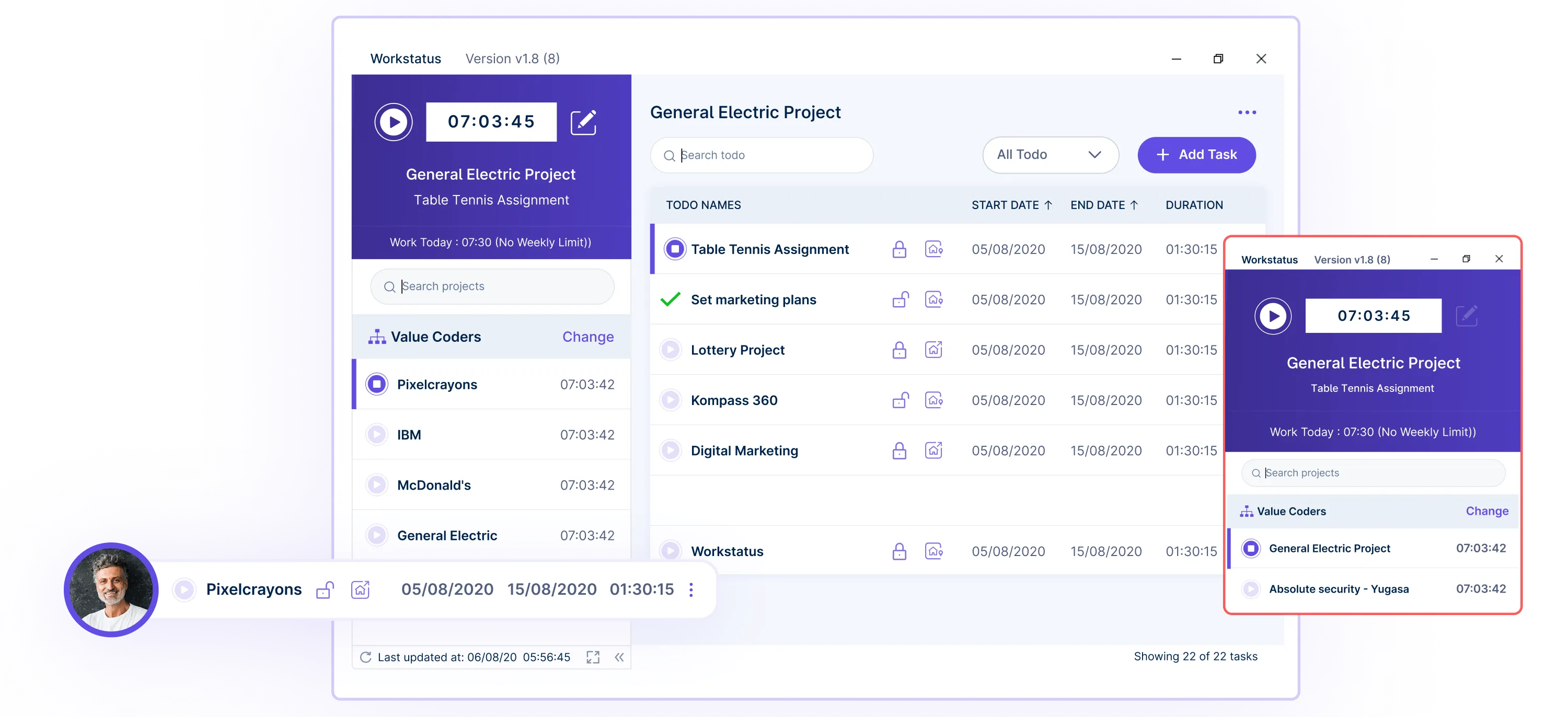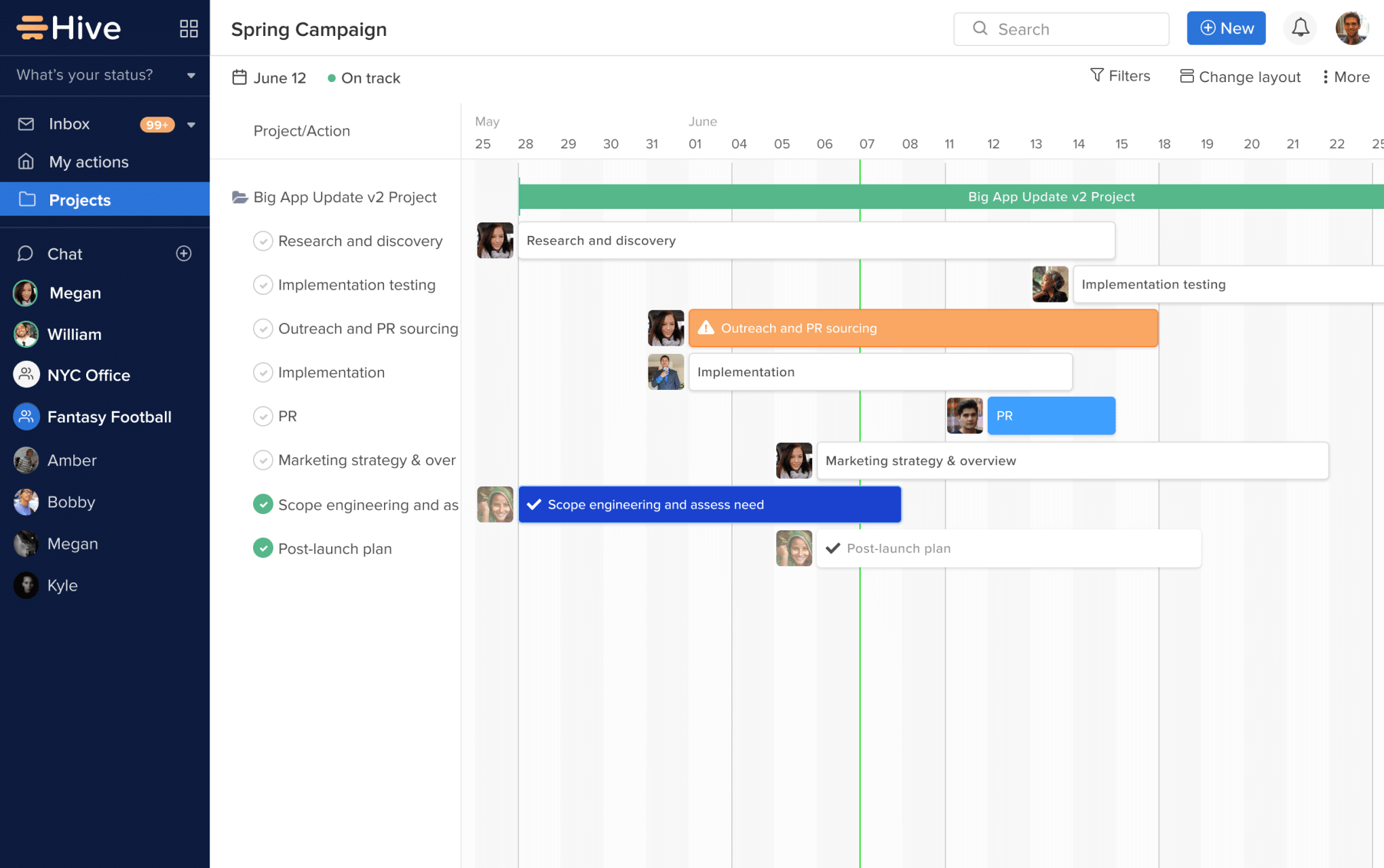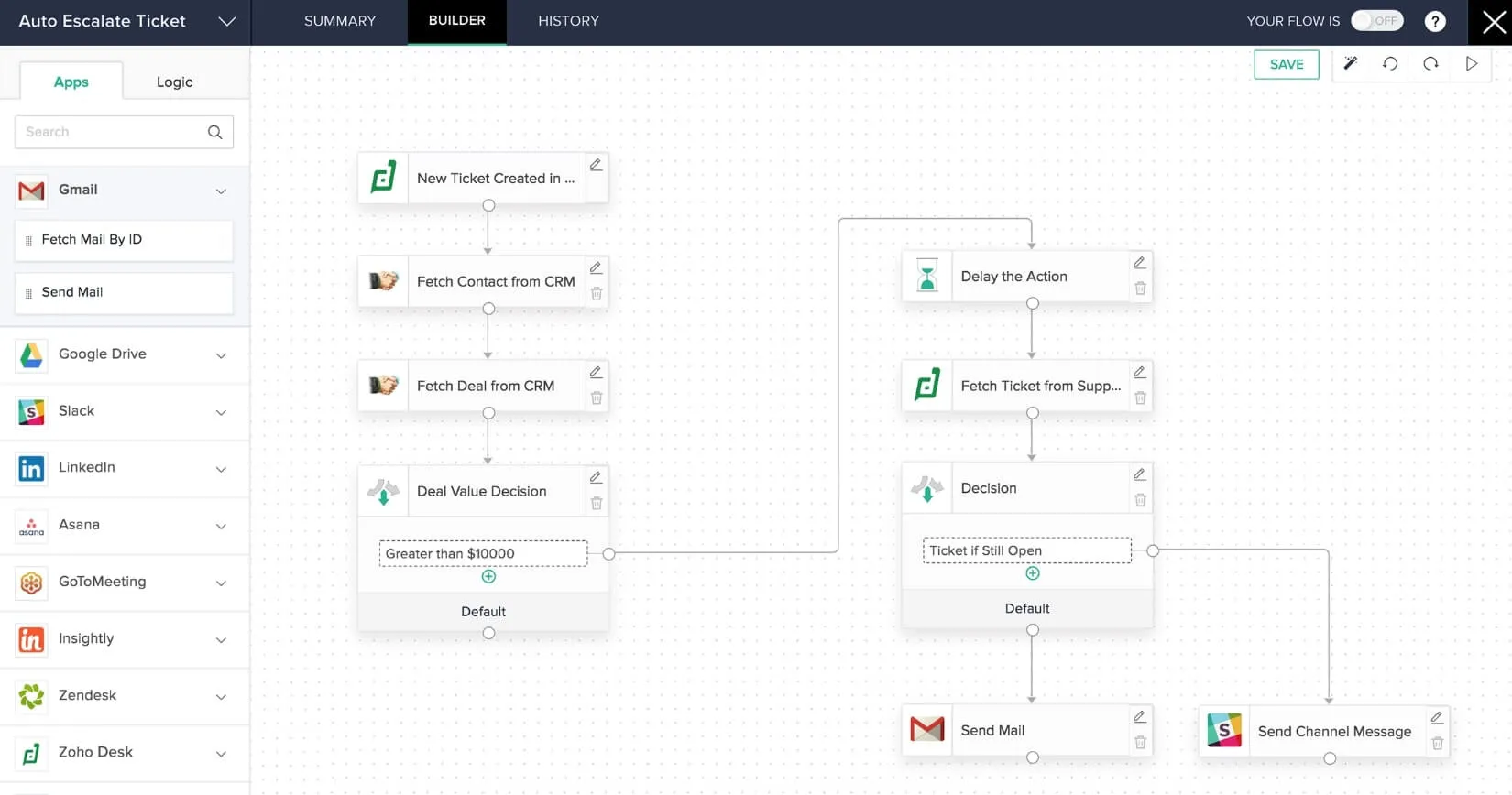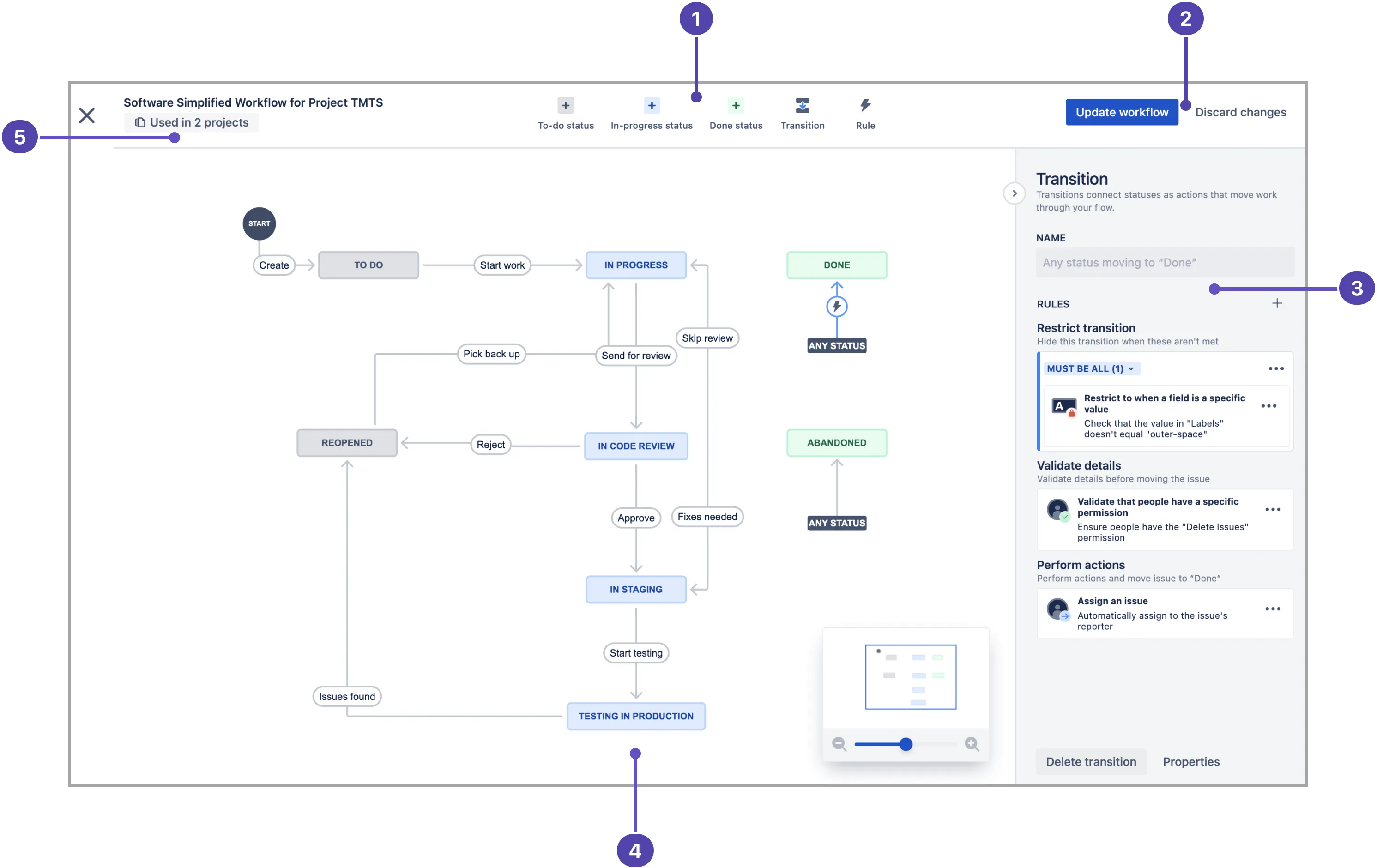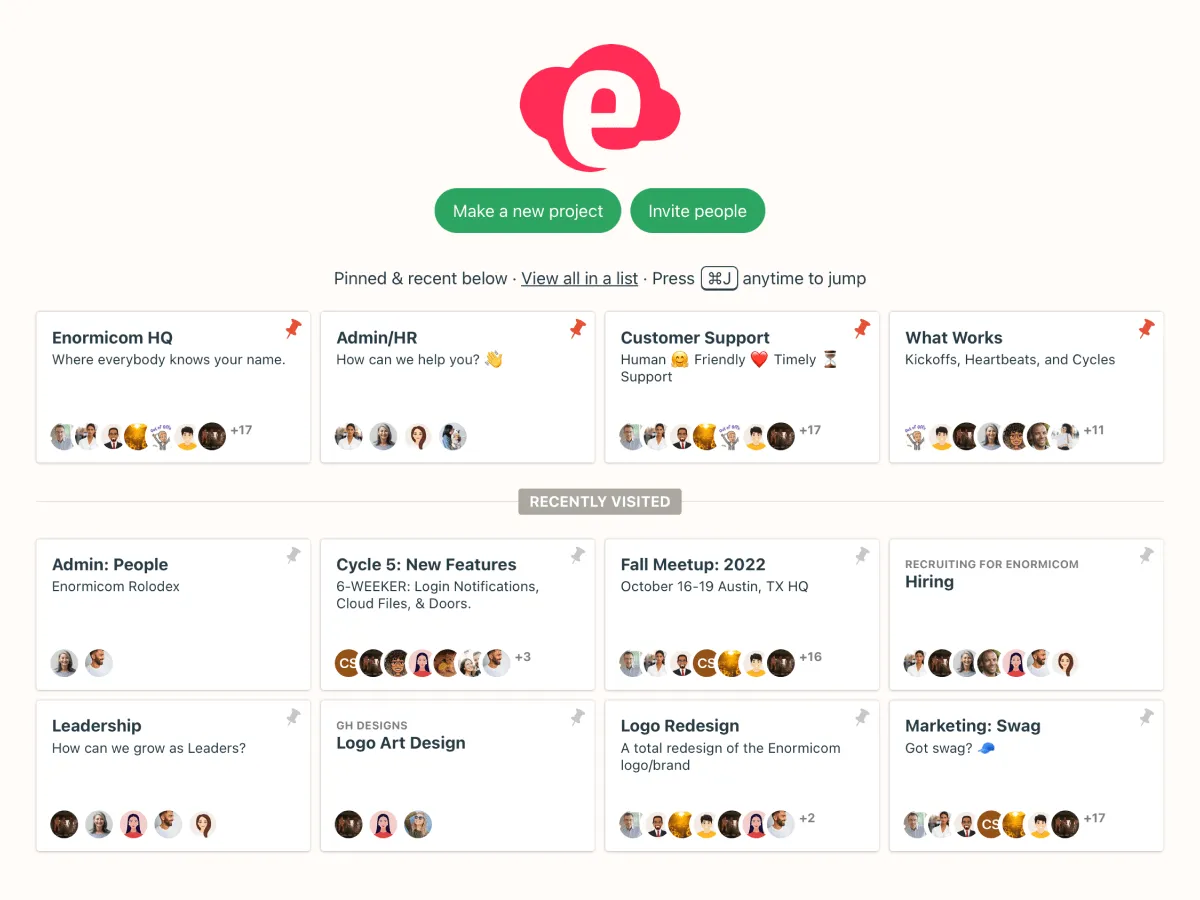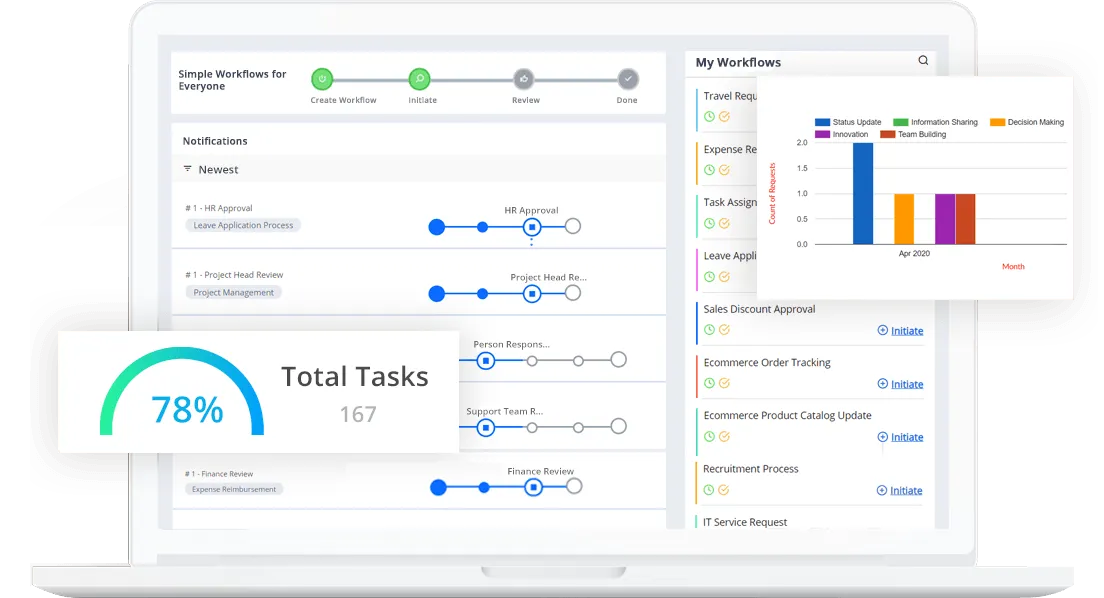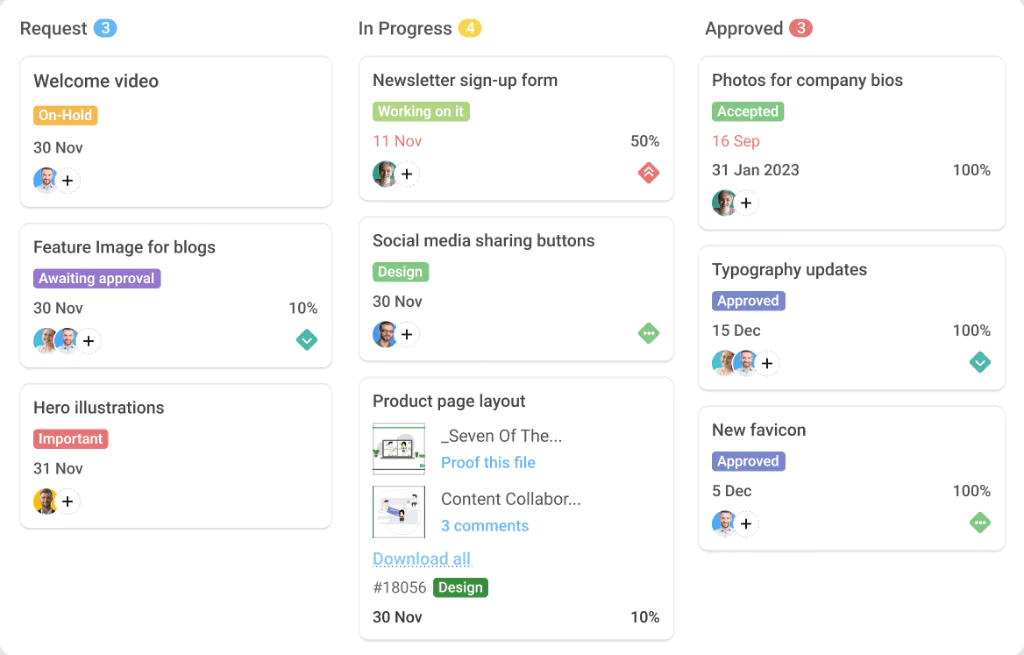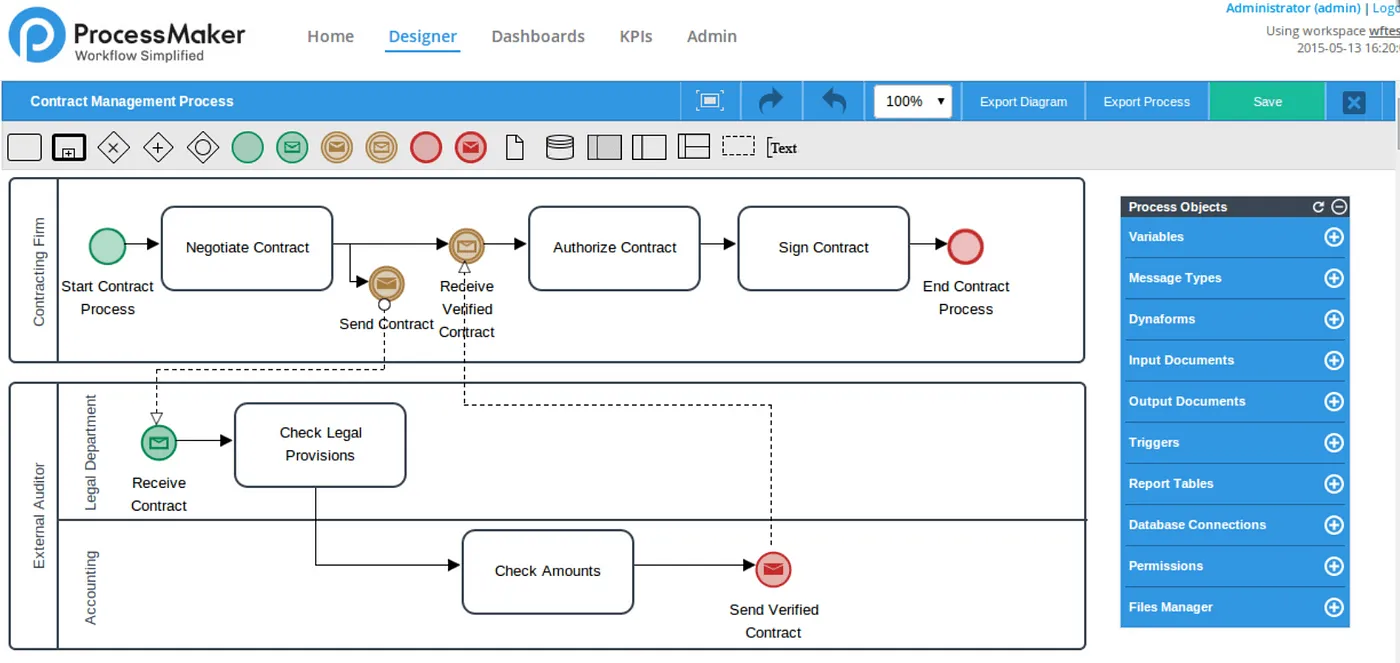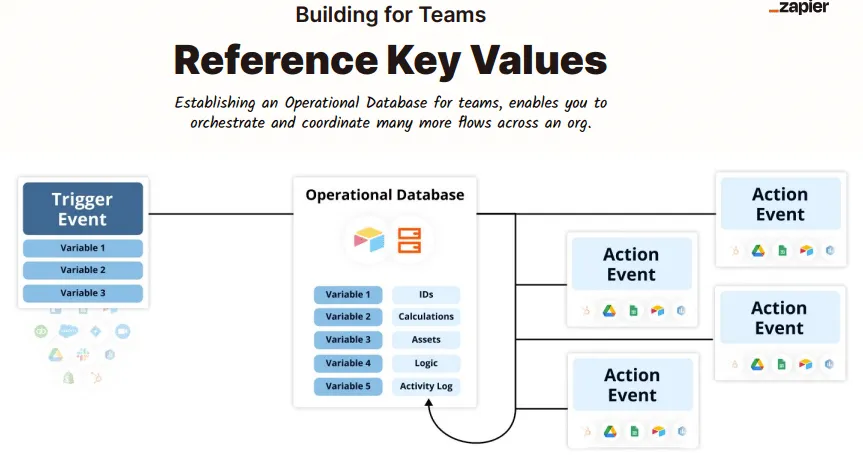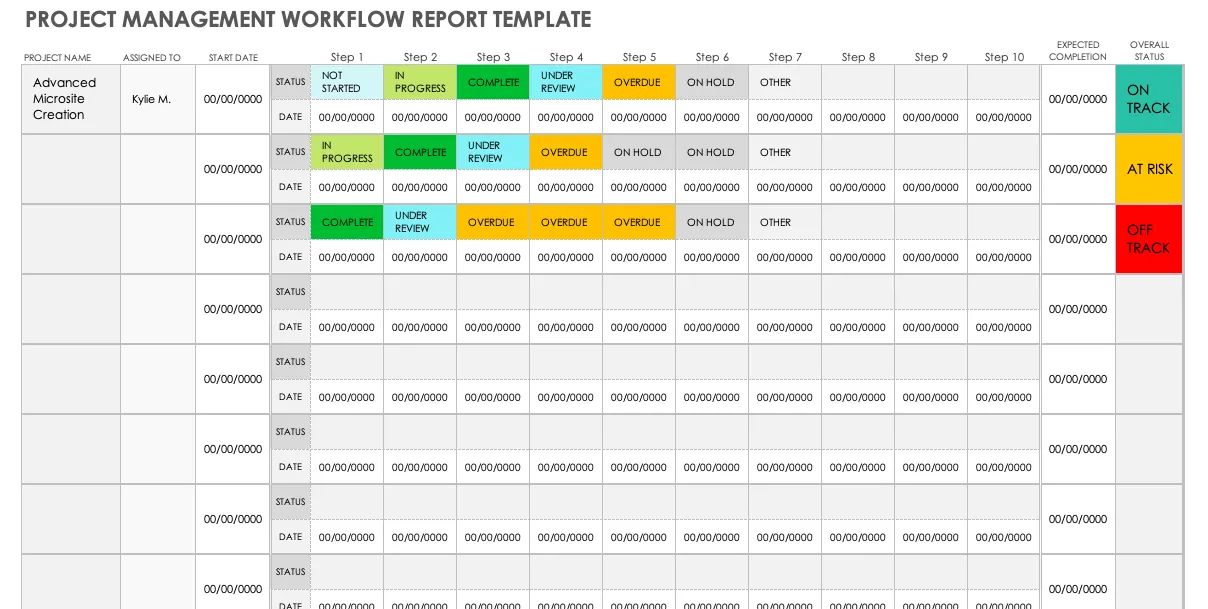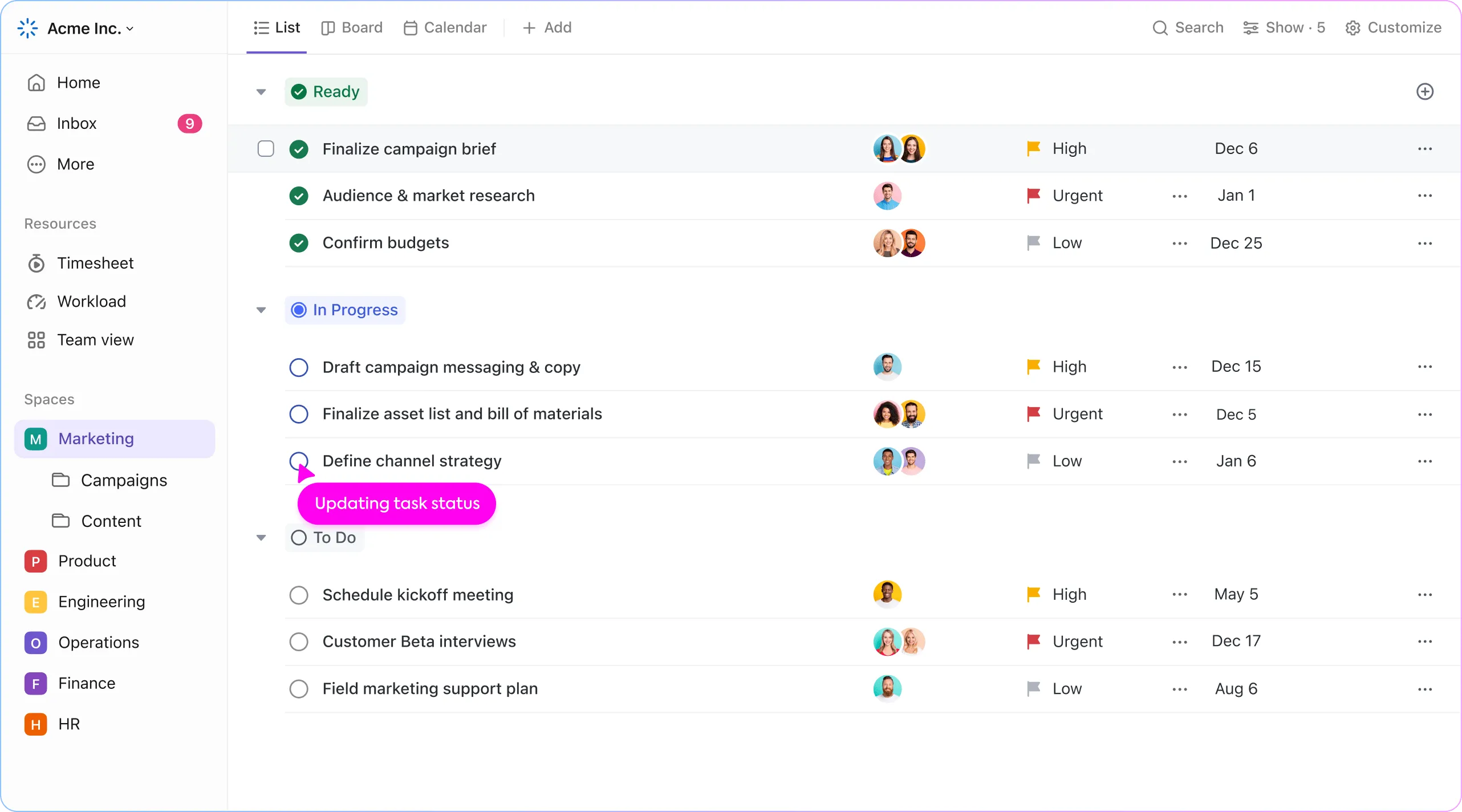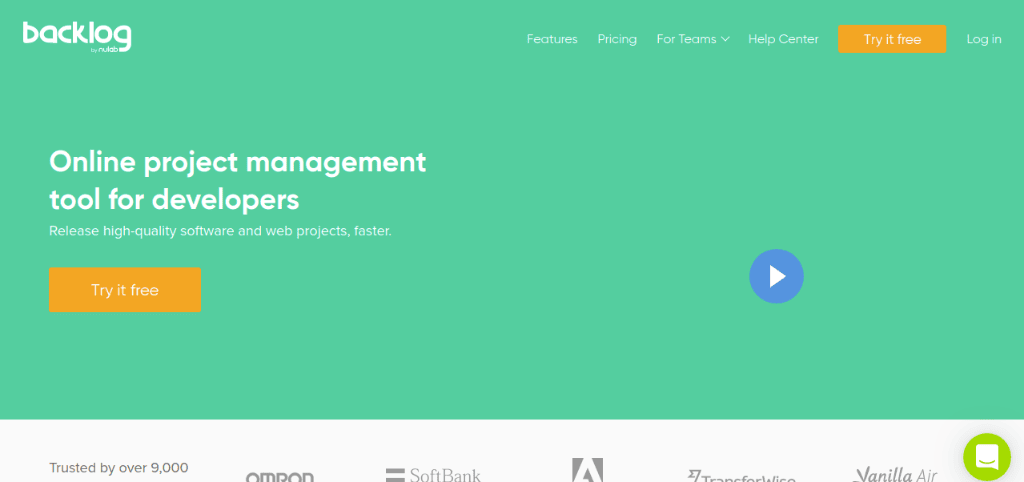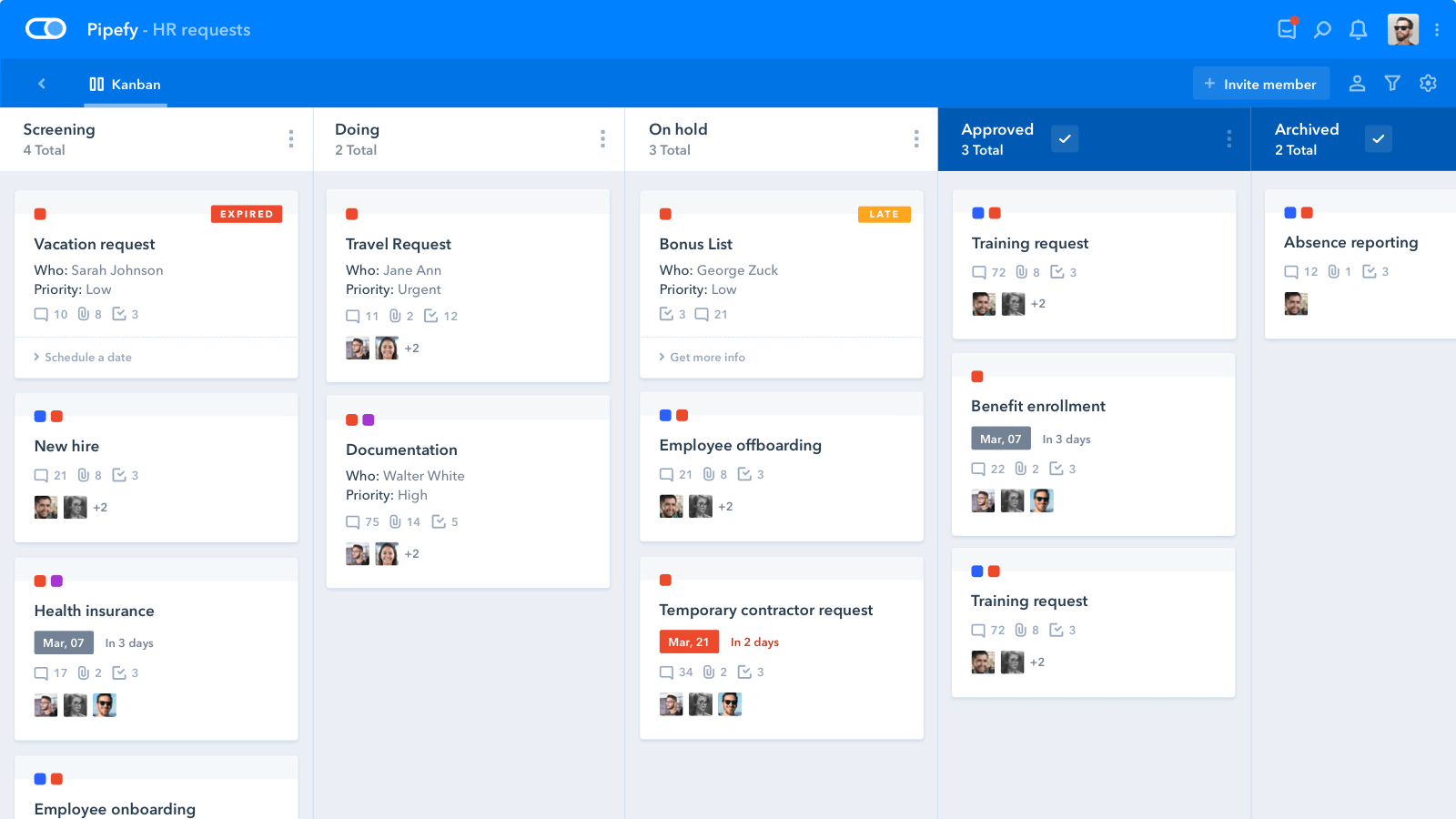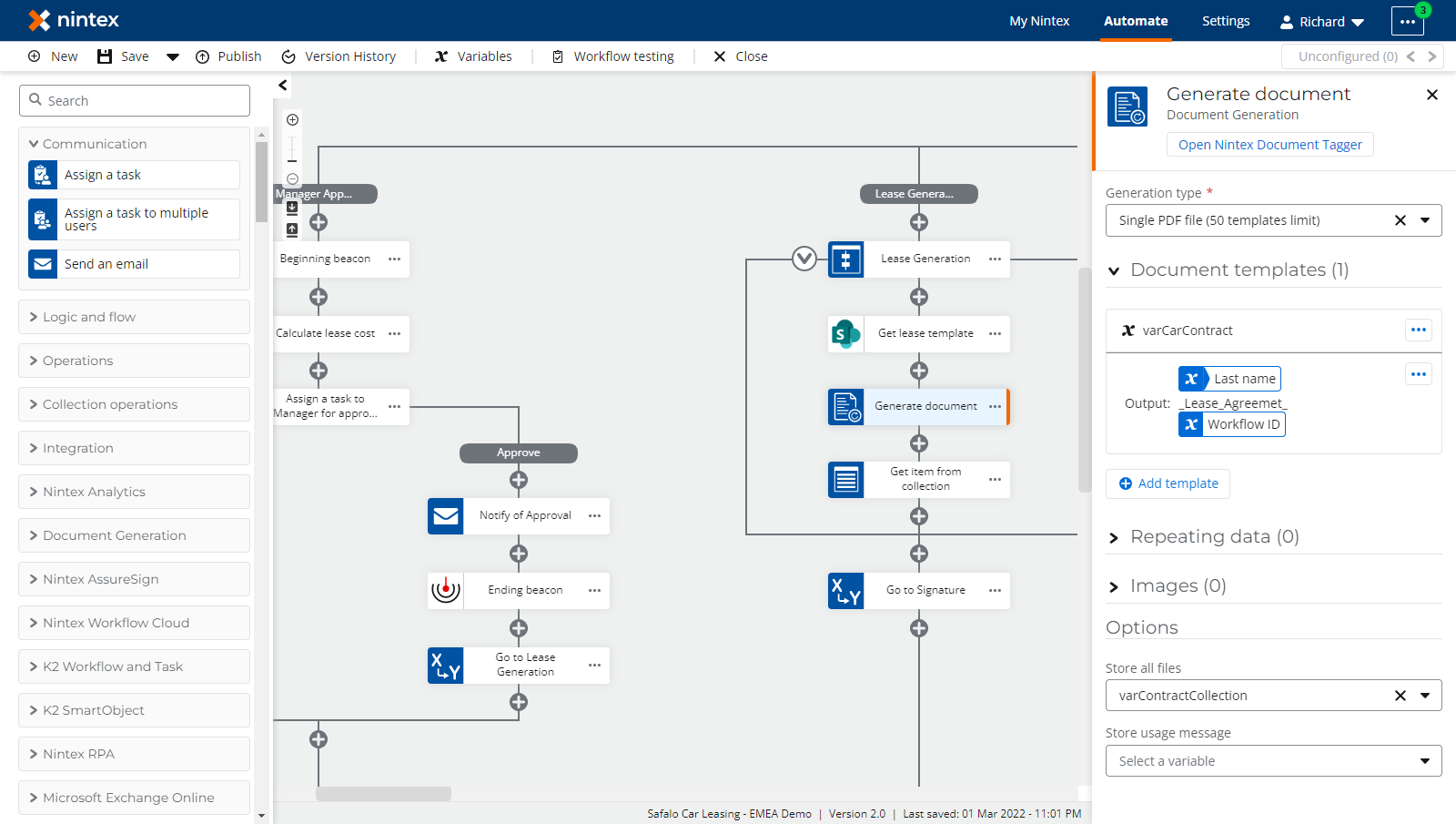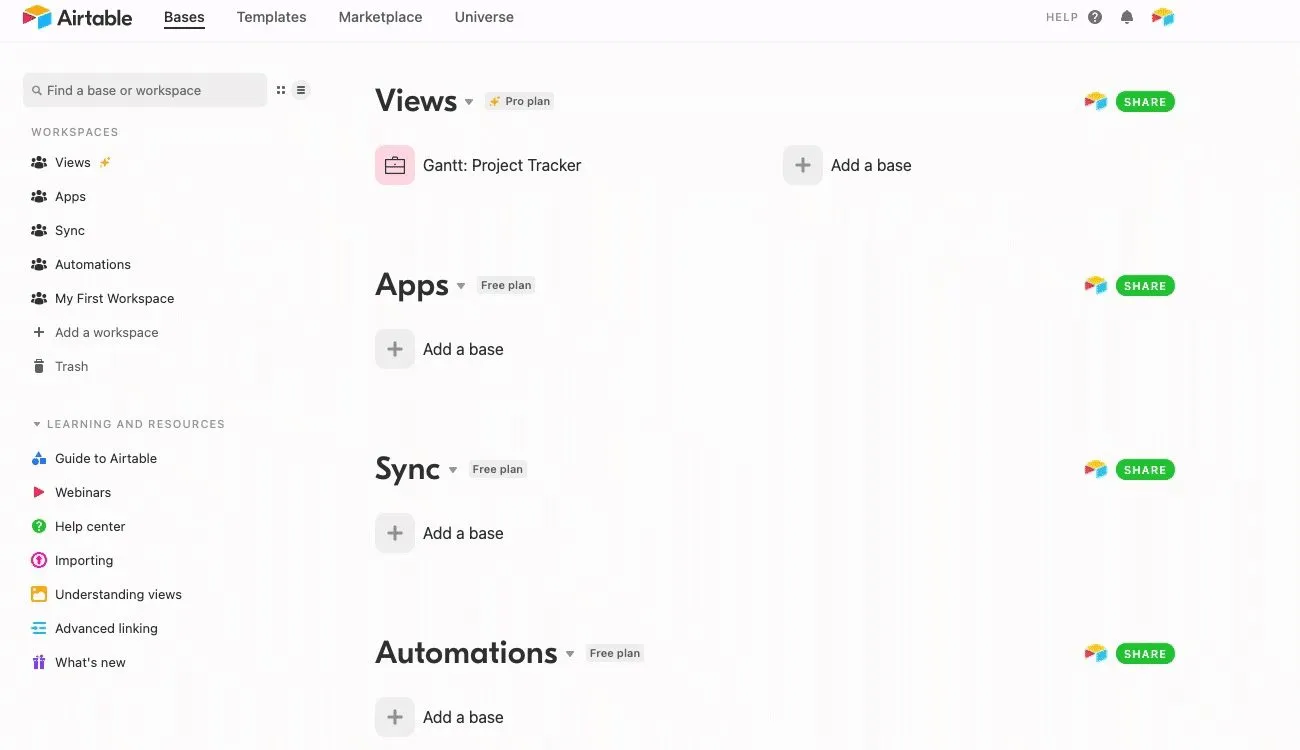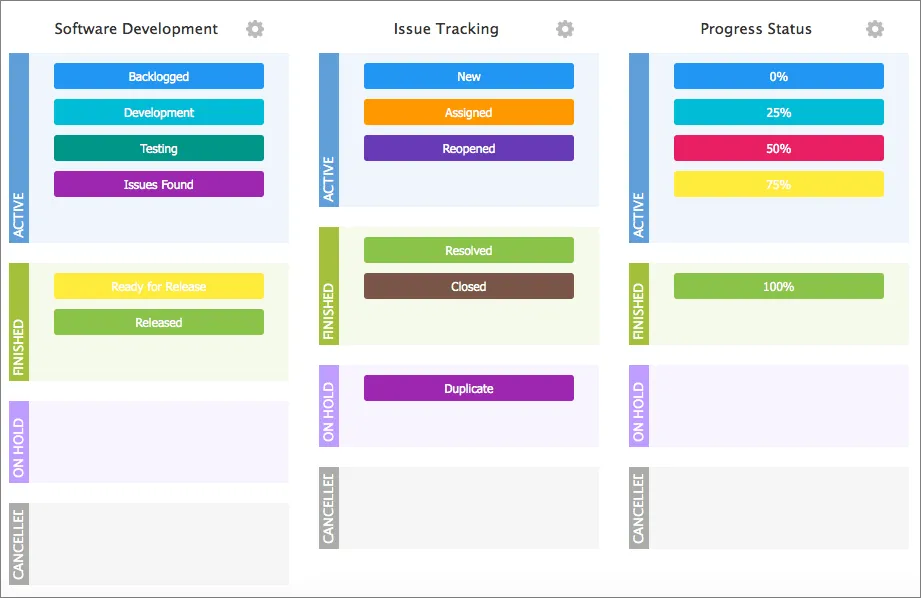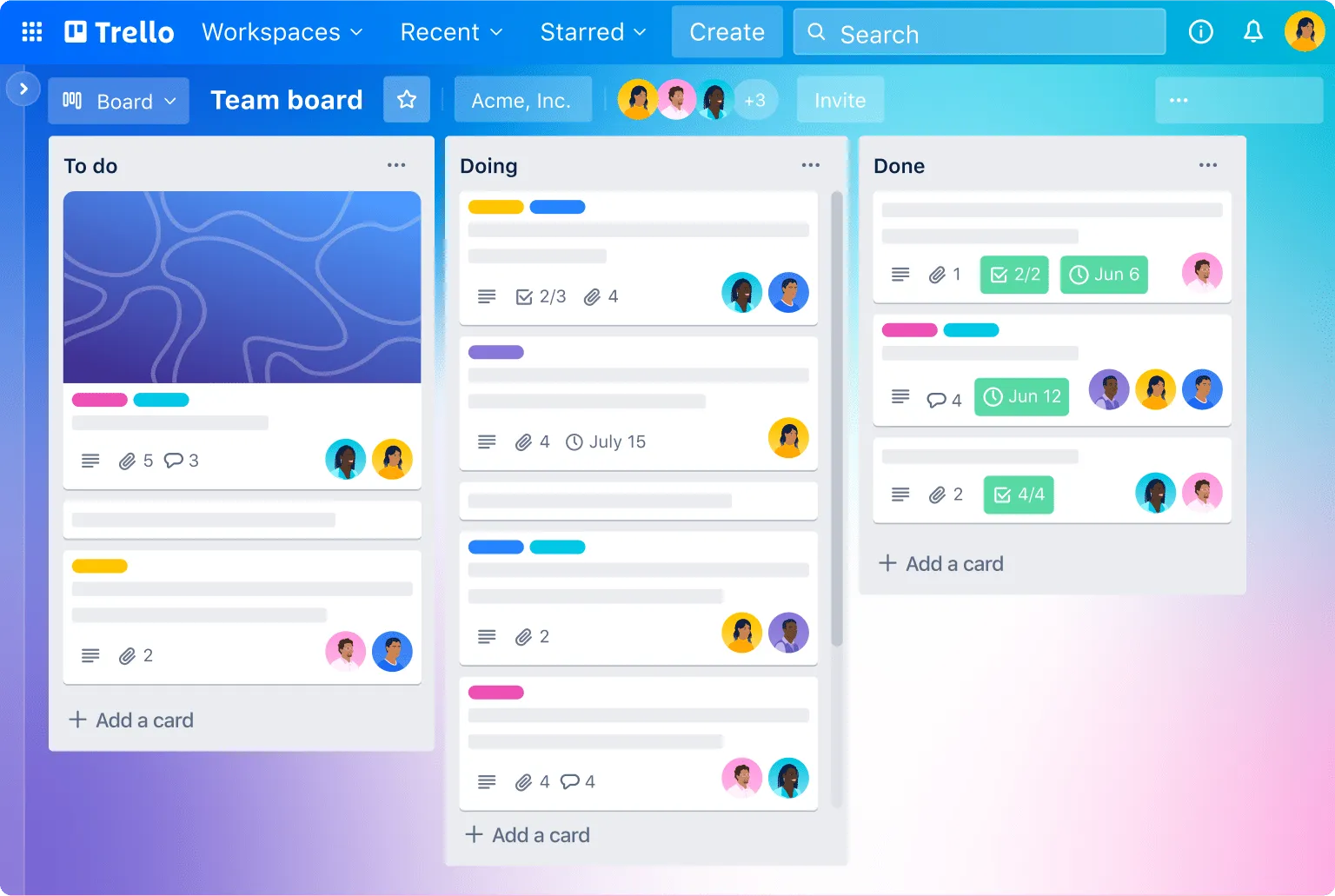Introduction
Do you always feel mixed up trying to get your team on the same track? Or are you losing valuable time and resources because of messy processes?
If so, no worries. You’re not alone – many businesses face these very challenges.
According to a study, only 4 out of 10 employees feel their company gives clear instructions on how to complete work.
This lack of clarity can lead to misunderstandings, mistakes, and delays, which can really hinder your workflow.
Now, imagine a world where every task, process, and team working together runs smoothly. That’s the power of workflow management tools. These smart programs are built to simplify processes, improve team communication, and boost efficiency across your organization.
In this blog, we’ll explore the world of workflow management, its great benefits, and the top tools. Whether a small new business or a big company, putting the right workflow tool in place can transform how your team operates—saving time, reducing mistakes, and ultimately driving severe business growth.
So get ready to discover how these workflow helpers can supercharge your processes, letting your crew achieve more with less effort.
What Is Workflow Management?
Workflow management is organizing and streamlining the steps to get work done efficiently. It focuses on removing repeated tasks, ensuring resources are available, and smoothing task sequences.
Workflows are a series of individual tasks that aim to achieve a goal. Business processes are made up of these workflows. Automating workflows aligns operations with business goals and eliminates problems with manual systems.
For example, the purchasing process has workflows for requesting, ordering, and invoicing – each with tasks like creating, reviewing, approving, and passing to the next step.
Workflow management involves setting steps, fixing issues, adjusting to changes, documenting processes, communicating updates, controlling access, and generating reports.
By managing workflows effectively, businesses can cut redundancies, increase efficiency, and ensure smooth processes from start to finish.
Common Workflow Management Challenges
- Systems not communicating with each other makes document tracking hard. Version control is messy. Employees waste time copying and pasting data.
- Remote teams face difficulties in collaborating and sharing information seamlessly.
- Too many unproductive meetings waste time and money for companies.
- Paper-based invoice processes are slow. Tracking progress is difficult. Suppliers get frustrated.
- The inability to locate required information quickly leads to delays and disruptions.
What Is A Workflow Management Tool?
Workflow management software is a computer program that automatically handles tasks and makes time-consuming processes easier with ready-to-use workflow apps. This software uses an intelligent way to make people more productive by breaking tasks into smaller parts and then giving those parts to employees with the right skills and knowledge. It includes managing workflows from the very start until the very end.
A workflow is a set of steps that process information in a particular order. All kinds of organizations and industries use workflows. A workflow is created anytime data is moved between people or systems. Workflows are the paths that show something going from unfinished to finished or unprepared to prepared.
Some examples of workflows are:
- Processing a customer order from receiving it to shipping the product
- Hiring a new employee from posting the job to their first day
- Publishing a new blog post, from writing it to promoting it
Workflows occur in every aspect of a business. Workflow management software helps make these processes smooth, efficient, and organized.
Top 20 Workflow Management Tools
Look at the top 20 workflow management tools that can improve your productivity.
1. Invoicera
Invoicera is a scalable workflow management tool that caters to the needs of small businesses and freelancers. It includes features such as tracking projects, invoicing, and expense management. You can handle all your projects while providing invoices to your clients right in one spot.
With its user-friendly interface, you can quickly find and keep track of your payments and expenses. With a complete set of reporting features, you will never lose track of your business’s financial health.
At $19 a month, Invoicera is a budget-friendly solution for those who want to organize their work more efficiently.
2. Asana
Asana is a feature-rich task manager for groups of any size. It enables you to categorize jobs, establish due dates, and monitor project development.
The easy-to-use interface allows you to share tasks with the team and communicate in real-time. Asana offers Gantt charts, custom workflow templates, and integrations with other widely used apps. You can handle simple tasks and intricate projects with great skill.
Asana’s pricing starts at $13.49 per user per month, providing businesses with a cost-effective productivity-improvement solution.
3. Monday.com
Monday.com is a highly flexible and applicable workflow management tool for companies. It has interactive boards, which can also benefit dropshipping businesses by organizing and managing workflows according to their needs.
The visual interface makes it easy to stay on top of your tasks and collaborate with your team. Monday.com integrates with a multitude of other tools, making it possible to use them in different environments. It automates recurring tasks, freeing you from extra work and time consumption.
Monday.com’s pricing begins at $24 per three users a month, which could be a good choice for teams that need that flexibility.
4. Workstatus
Workstatus is powerful workflow process software that leverages efficient time tracking and productivity enhancement. It enables you to monitor work hours and task paths and create comprehensive reports. Alongside GPS tracking and automated timesheets, you can provide reliable data collection solutions for remote teams.
In addition, Workstatus has project management features that allow you to manage tasks and deadlines accurately. This is the most effective application for businesses that want to increase productivity.
Workstatus charges $4.99 per user per month and is an affordable option for businesses looking to amplify their results.
5. Hive
Hive is a performance workflow management interface created for teams and companies. It offers project views like Gantt charts and Kanban boards to allow you to monitor and manage your tasks efficiently.
Collaboration features such as chatting and file sharing help a lot with teamwork. Hive also includes time tracking, project templates, and automation capabilities. It enables you to develop workflows that satisfy your particular requirements.
Hive’s monthly price tag of $5 for every user makes it an attractive alternative for teams that need a convenient and cooperative solution.
6. Zoho
Zoho is an all-in-one workflow management tool that addresses the needs of various businesses. It provides a project management system, a customer relationship management solution, and a team collaboration feature.
Zoho’s user-friendly dashboard allows one to manage tasks, establish priorities, and monitor milestone progress easily. The tool features a high level of reporting, which facilitates continuous progress monitoring and the detection of bottlenecks. The Zoho suite communicates with other Zoho apps, increasing its power capabilities.
Zoho’s pricing begins at $15 per user per month, which makes it perfect for small and large businesses.
7. Jira
Jira is a well-known workflow management tool that enhances the productivity of development and IT teams. It provides overall issue tracking for tickets, bugs, and releases. Customizable workflows and workflow automation features can simplify procedures.
Jira also seamlessly integrates with other development tools like GitHub, ensuring smooth performance. The tool is suitable for or customizable in both agile environments and traditional project management methods. With strong reporting and dashboard capabilities, you will stay updated on projects from all angles.
Jira’s costs start at $7.75 per user per month, which indicates that Jira is relatively cheap and, thus, fitting for development teams.
8. Basecamp
Basecamp is a straightforward and pragmatic tool for workflow management intended for people who appreciate its clarity and simplicity of interface. Available features such as building to-do lists, message boards, and file sharing simplify collaboration.
The tool gives you a neat interface so you can monitor your projects without getting into trouble with clutter. Basecamp is good for a team that wants to improve communication and project organization without overwhelming complexity.
Its one-time fee of $4.90 includes unlimited users and projects, making it the best value for bigger groups.
9. Cflow
Cflow is an automation tool that facilitates the running of business processes. It can create and manage processes easily through a simple drag-and-drop feature. To fast-track the setup process, Cflow provides standard templates for commonly encountered business processes. The tool offers approval workflows, form automation, and task-tracking features.
With user-friendly features, you can create workflows that suit your unique business needs. Cflow’s cloud-based platform allows you to access your workflows even from remote locations.
Cflow is priced at $16 and higher for the first 10 users, making it ideal for businesses that want to automate their processes.
10. ProofHub
ProofHub is multifunctional workflow management software for teams and businesses. It provides project management tools like task lists, timelines, and Kanban boards, which can be utilized to coordinate and track projects efficiently.
To facilitate communication, ProofHub incorporates team collaboration tools like chat, discussions, and file sharing. The software also has built-in document proofing and annotating functions, which let you review and approve content quickly. ProofHub’s simplicity and flexibility are why it caters to diverse industries.
Cost starts at $45/month for the Essential plan, which is scalable for developing teams.
11. Process Maker
ProcessMaker is a flexible, cross-size business organization workflow automation tool. It lets you develop processes, execute them, and make them more effective. Our software’s visual workflow builder allows for the fast design of custom workflows. It fits seamlessly with marquee apps and increases productivity within groups.
Process Maker comes with extravagant features like role-based access and up-to-date analysis. It is a scalable solution meant for both simple and complex workflows. In addition to the immediate and comprehensive support provided and thorough documentation, getting started is easy.
A professional plan and enterprise options are available, and the starting fee is $1,495 per month.
12. Zapier
Zapier links the apps you like and automates the workflows. It is so easy to use, with just a drag-and-drop interface. Zapier gives you the possibility to set the triggers and actions to create the “Zaps.” This way, you can automate repetitive tasks, saving a lot of time and eliminating human errors.
The tool supplies over 3,000 app connections, like Slack and Google Sheets. Zapier is especially useful in small teams and among individuals wanting to advance output. It is super easy to use, and you don’t need to know a single line of code.
The free version is the fundamental plan, and the paid options begin at $19.99 for an upgraded package.
13. Smartsheet
Smartsheet is a fusion of management and spreadsheets. You can track the workflows by writing interactive sheets, forms, and reports.
Smartsheet is a collaboration tool that allows team members to work together directly. It is perfect for task management, process tracking, and automation workflow settings. Smartsheets are integrated with popular apps, which gives them flexibility as solutions for various industries.
The pricing starts at $7 per month for individual customers. However, we also offer team and enterprise packages.
14. ClickUp
ClickUp is another comprehensive work management platform on the list. It allows members to organize tasks, projects, and processes in one location. ClickUp provides an extensive selection of views, including list, board, and timeline views. This allows you to tailor workflows based on your team’s requirements.
It also integrates with relevant tools such as Google Drive and Slack. ClickUp is suitable for any team, including small ones, as it provides rich collaboration tools. The platform is built for flexibility and can be adapted to a different use case.
The free plan includes the basic features, but the premium plans will have advanced capabilities starting at $12/month.
15. Backlog
The backlog is tailored explicitly for software development teams. By integrating project management features with version control, code changes and tasks can be tracked over a single platform.
Backlog assists agile workflow and offers various features, including burndown charts and Gantt charts. It has been embellished with collaboration tools, which allow teams to communicate and share files. Backlog integrates with many other dev tools, which gives it an edge over other software for tech teams.
Pricing starts at $175 monthly for the first 30 users and other plans are available for teams and enterprises.
16. Pipefy
Pipefy’s easy-to-use interface allows you to design workflows and complete tasks quickly. Pipefy provides templates for the most usual processes, such as human resources and customer support.
Collaboration involves integrations with common apps, making it a flexible team choice. Pipefy is an excellent tool for companies that want to make their operations easier and more effective.
The free plan covers the essentials, while paid plans, which feature more advanced automation options, start from $26 per month per user.
17. Nintex
Nintex is workflow automation software for businesses, especially large enterprises. It facilitates building, adapting, and running complex workflows with minimal effort. The user-friendly visual workflow designer has all the advanced automation features. For example, Nintex integrates with SharePoint or Salesforce.
Nintex provides detailed documentation and customer support, making it the best option for large entities. It is also appropriate for different industries, including healthcare and finance.
Basic automation costs $625/month, and custom enterprise plans are available for serious implementations.
18. Airtable
Airtable unifies databases with project management characteristics. With tables, fields, and forms you can modify, you can organize your workflows how you want. Airtable is multi-viewing and includes a grid, calendar, and Kanban.
Airtable is a solution for different fields of expertise and teams of any size. It provides collaborative tools so that teams can work at their best. It integrates with mainstream apps such as Slack and Google Drive.
The free structure provides basic features, starting at $24 per user per month, with paid plans for more personalization and automation features.
19. Wrike
Wrike is an all-in-one project and workflow management software that could be deployed for a team of any size. It is feature-enriched, including task management, file sharing, and collaboration tools. Wrike allows you to create both simple and complex workflow.
The platform has customizable dashboards and analytics that track the project’s progress. It allows integration into many existing business applications, thus enabling users to increase their productivity and team coordination. Wrike can be used by both small teams and huge corporations.
The free plan provides essential project management, while the paid plans start at $9.80 per user per month to get advanced features and integration.
20. Trello
Trello is a simple but effective tool for organizing workflows based on Kanban boards. It enables you to make boards, lists, and cards that help you arrange your work streams. Trello is easy to use, which is why it is preferred by many groups and individuals. Moving cards between lists is very easy for tracking.
Trello facilitates app integrations such as Slack and Google Drive within its ecosystem, making it multifaceted. It is most suitable for small-scale projects and groups looking for a simple option.
The free version covers the fundamentals, while monthly plans, starting from $5 per user, offer more advanced features and customization.
How To Select Workflow Tool?
Here are 5-6 essential factors to consider when selecting a workflow automation tool in the given format:
Step 1. Assessing Business Requirements
- Does your business need complex workflows or simple, semi-automated processes?
- Consider company size, growth potential, integration needs, and user-friendliness. The automation tool should fit your specific needs to achieve your goals.
Step 2. Defining the Automation Approach
- Business Process Automation (BPA): Automating tasks with human involvement.
- Robotic Process Automation (RPA): Rule-based automation with little or no human intervention. Evaluate which approach aligns better with your workflows and the level of human intervention required.
Step 3. Involving End-Users
- Loop in department heads, managers, and team leads during selection.
- Gather insights on their pain points and requirements for smooth, efficient operations. End-user involvement promotes trust, accountability, and better tool adoption.
Step 4. Integration Capabilities
- Ensure the workflow tool seamlessly integrates with existing systems like Google Drive or SharePoint.
- Consider an Integration Platform as a Service (iPaaS) for connecting various applications and data sources. Seamless integration is crucial for data exchange and smooth workflows.
Step 5. User-friendliness and Team Adoption
- Prioritize a no-code or low-code workflow solution for ease of use.
- Assess the user-friendliness of the tool by involving team members from technical and non-technical departments. A user-friendly tool promotes better adoption and productivity among your teams.
Step 6. Customization Options
- Evaluate the tool’s ability to customize workflows, rules, and logic based on your business needs.
- Many organizations need to customize their compliance and audit trail tools to align with their specific processes and requirements.
Final Words
Having the perfect workflow tool for your business is a total lifesaver. It makes everything smoother, gets your team working together like a dream, and boosts productivity like crazy. It doesn’t matter if you’re a small new startup or a massive company – putting the right business workflow software in place can change the whole game. Your crew will save time, make fewer mistakes, and your business will grow like never before.
But yeah, choosing the best tool out there can feel pretty overwhelming with so many options. That’s why it’s super important to get clear on your business needs, decide if you want automation with or without humans involved, and loop in your team to get their input. They use this thing daily, so their buy-in is everything.
Don’t settle for messy, disorganized processes holding you back. Grab onto the power of workflow magic and watch your team soar!
FAQs
How long before I can actually start using a new workflow tool?
It really depends on the tool and your business, but most vendors will have you up and running if you plan it properly with your team. We’re quick with training and support, months max, if you plan it properly with your team.
2. Can I Manyout first before paying?
Totally! Lots of workflow software companies offer free trials or demos, so you can tIt’s a smartrive of the features before committing. Smart move to kick the tires first.
3. What about security for sensitive business information?
Top workflow tools take security seriously with encryption, access controls, backups, and more. But you shouensure they havevendor’s policies to make sure they’ve got the right protection.



